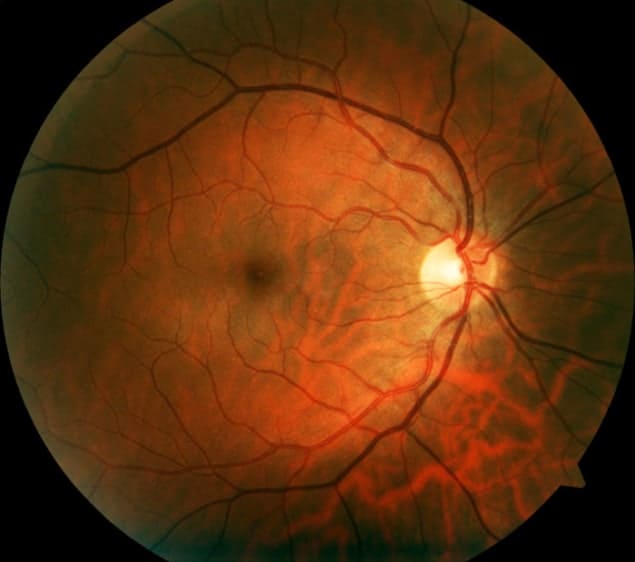
Researchers in the US claim to have overturned our understanding of the way in which the visual process is initiated by light entering the eye. They suggest that the initial trigger is provided by electrical processes rather than structural changes in the retina, as has been believed for the past 50 years. The work was carried out by a team led by Kenneth Foster at Syracuse University in the US.
It is long established that the first stage in vision is when light arrives at the retina at the back of the eye and individual photons are absorbed by photoreceptor molecules. Biophysicists have noted that this absorption causes parts of these molecules known as chromophores to change shape. It was believed that this process, in turn, electrically polarizes the chromophores, thereby establishing an electric field that triggers further molecular chemical processes that result in a signal being sent to the brain.
But Foster and his colleagues had their doubts about this explanation and they wanted to determine whether this shape-changing – a process known as isomerization – is in fact the first process in vision. So, the researchers set out to suppress the chromophores to prevent them from changing shape to see what effect this had.
The work involved synthesizing chromophores that were missing a key chemical group. These chromophores were then incorporated into living single-celled algae known as Chlamydomonas reinhardtii. After a series of tests, Foster’s team noted that, despite this change, the algae continued to respond to light stimuli in the same way.
The researchers argue that a redistribution of electrons within chromophores is enough to polarize the chromophores and that a change of shape is therefore not necessary for the initial trigger. Foster told physicsworld.com that this mechanism was in fact proposed in the 1970s but the biochemical procedures have not been available to prove this idea experimentally until now.
Foster believes that a better knowledge of the physics and biochemical operations in the vision process could lead to applications. “[The chemical-receptor proteins] are the target for about half of all pharmaceuticals, so a better understanding of their design could have medical significance,” he says.
These findings are reported in Chemistry and Biology.



